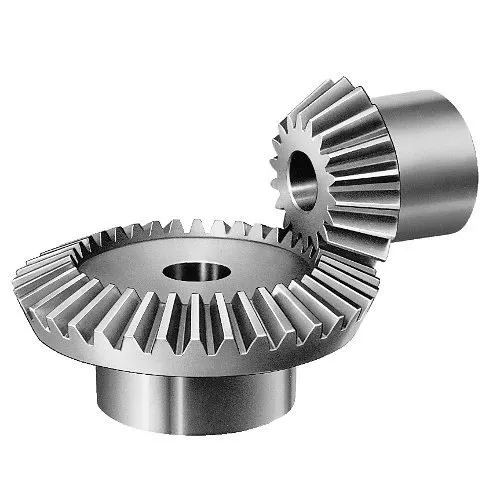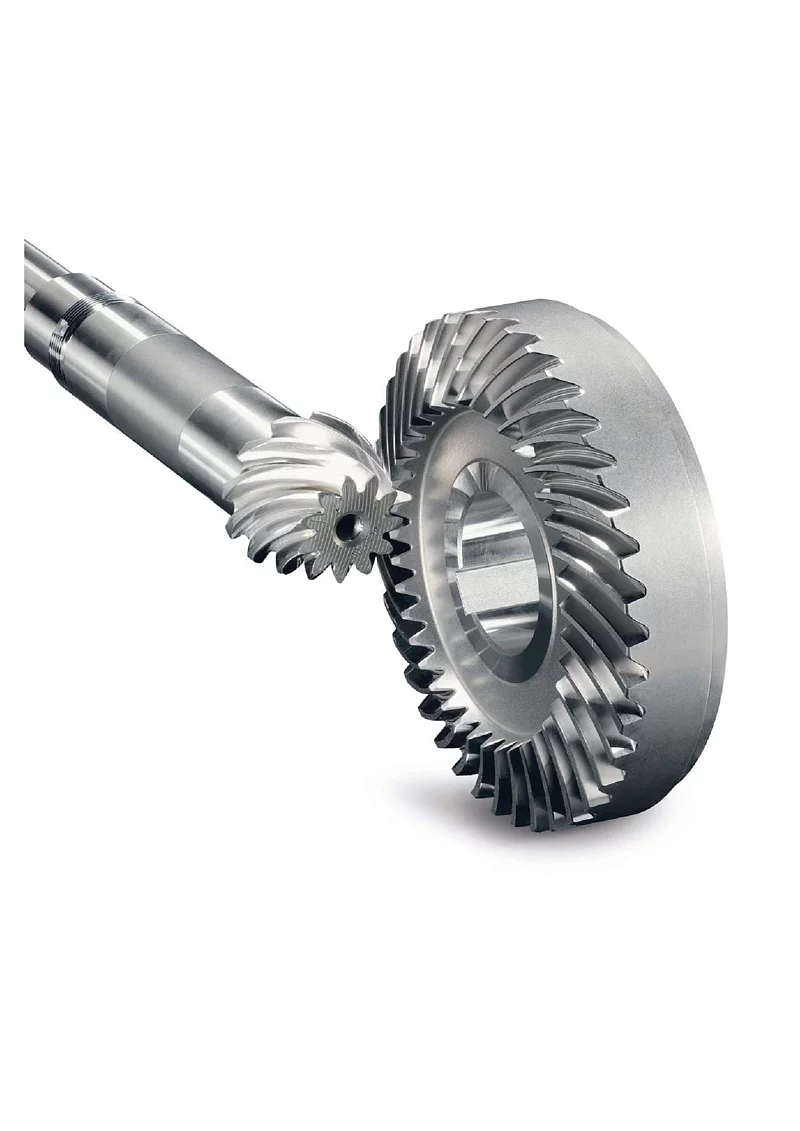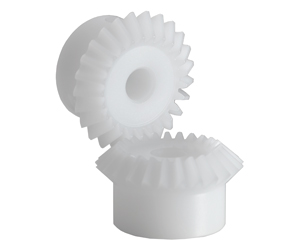Product Description
K series 90 degree right angle Bevel/Miter Gearing Arrangement electric motor with reduction gear
Features:
1. Compact structure and simple assembly;
2. Wide speed ranges and high torque;
3. Low noise, good sealing performance, high efficiency;
4. Stable and safe, long lifetime, universal;
5. Multi-structure, various assembling methods
Product photo:
Specification:
| ANG Helical Gear Motor | |
| Model | R17 ~ 187, F37-177, K37-187, S37-97 |
| Input power | 0.06kw ~ 250kw |
| Input speed | 750rpm ~ 3000rpm |
| Reduction ratio | 1/1.3 ~ 1/27000 |
| Input motor | AC (1 phase or 3 phase) / DC / BLDC motor |
| Install type | Foot / CHINAMFG shaft / Hollow shaft / Output flange… |
| Efficiency | 94% ~ 98 % for R F K series |
| Material of housing | die-cast aluminum / Cast iron / Stainless steel |
| Precision of gear | Accurate grinding, class 6 |
| Heat treatment | Carburizing and quenching |
| Accessories | Brake / Flange / Motor adapter / Torque arm … |
FAQ
Q: Can you make the gear motor with customization?
A: Yes, we can customize per your request, like power, voltage, speed, shaft size, flange, terminal box, IP grade, etc.
Q: Do you provide samples?
A: Yes. Sample is available for testing.
Q: What is your MOQ?
A: It is 1pcs for the beginning of our business.
Q: What’s your lead time?
A: Standard product need 5-30days, a bit longer for customized products.
Q: Do you provide technology support?
A: Yes. Our company have design and development team, we can provide technology support if you
need.
Q: How to ship to us?
A: It is available by air, or by sea, or by train.
Q: How to pay the money?
A: T/T and L/C is preferred, with different currency, including USD, EUR, RMB, etc.
Q: How can I know the product is suitable for me?
A: >1ST confirm drawing and specification >2nd test sample >3rd start mass production.
Q: Can I come to your company to visit?
A: Yes, you are welcome to visit us at any time.
Q: How shall we contact you?
A: You can send inquiry directly, and we will respond within 24 hours.
| Application: | Industrial |
|---|---|
| Speed: | Constant Speed |
| Number of Stator: | Single or Three Phase |
| Samples: |
US$ 300/Piece
1 Piece(Min.Order) | Order Sample |
|---|
| Customization: |
Available
| Customized Request |
|---|
.shipping-cost-tm .tm-status-off{background: none;padding:0;color: #1470cc}
| Shipping Cost:
Estimated freight per unit. |
about shipping cost and estimated delivery time. |
|---|
| Payment Method: |
|
|---|---|
|
Initial Payment Full Payment |
| Currency: | US$ |
|---|
| Return&refunds: | You can apply for a refund up to 30 days after receipt of the products. |
|---|

What is the impact of tooth profile on the efficiency of miter gears?
The tooth profile of miter gears plays a crucial role in determining their efficiency. Miter gears are a type of bevel gears that transmit rotational motion between intersecting shafts. The tooth profile refers to the shape and design of the teeth on the gear.
The efficiency of miter gears is influenced by several factors related to the tooth profile:
- Tooth Shape: The shape of the teeth can significantly affect the efficiency. Ideally, the tooth profile should have a smooth and gradual transition from one tooth to the next. This ensures a uniform distribution of load and minimizes the impact of meshing forces, resulting in higher efficiency.
- Tooth Size: The size of the teeth, including their length and width, can impact the efficiency of miter gears. Larger teeth generally provide better load-carrying capacity and reduce the risk of tooth failure. However, excessively large teeth can increase friction and reduce efficiency.
- Tooth Helix Angle: The helix angle of the teeth determines the spiral orientation of the gear. Miter gears with a higher helix angle tend to have smoother meshing action and lower noise levels. This can contribute to improved efficiency by reducing friction and minimizing energy losses.
- Tooth Contact Pattern: The contact pattern between the teeth of miter gears should be optimized for efficient power transmission. Proper tooth contact ensures uniform load distribution and minimizes localized wear. A well-designed tooth profile creates a desirable contact pattern, resulting in higher efficiency.
Therefore, when designing or selecting miter gears, careful consideration should be given to the tooth profile. Optimal tooth shape, size, helix angle, and contact pattern can significantly enhance the efficiency of miter gears, leading to improved overall performance and reduced energy losses.

What is the role of the pitch angle in miter gear design?
In miter gear design, the pitch angle plays a significant role in determining the characteristics and performance of the gears. Here’s an explanation of its role:
1. Definition of Pitch Angle:
The pitch angle in miter gear design refers to the angle between the gear’s tooth face and a plane perpendicular to the gear’s axis. It is typically denoted by the Greek letter “β” (beta). The pitch angle determines the shape and orientation of the gear teeth.
2. Tooth Profile:
The pitch angle influences the tooth profile of miter gears. By altering the pitch angle, the shape, size, and thickness of the gear teeth can be adjusted. Different pitch angles result in variations in the tooth geometry, such as tooth thickness, tooth height, and the angle of the tooth face.
3. Contact Ratio:
The pitch angle affects the contact ratio between the gear teeth. The contact ratio refers to the number of teeth in contact at any given moment during the rotation of the gears. An appropriate pitch angle helps optimize the contact ratio, ensuring sufficient tooth engagement and load distribution across the gear surfaces. This contributes to smoother operation, reduced noise, and improved gear life.
4. Strength and Load Distribution:
The pitch angle influences the strength and load distribution capabilities of miter gears. A proper pitch angle ensures optimal load transmission across the gear teeth, preventing concentrated stresses and reducing the risk of tooth failure or breakage. By selecting the appropriate pitch angle, designers can achieve the desired strength and load-carrying capacity for the specific application.
5. Gear Efficiency:
The pitch angle also affects the efficiency of miter gears. By considering factors such as tooth contact, sliding friction, and tooth deflection, the pitch angle can be optimized to minimize energy losses during gear meshing. Efficient gear design with an appropriate pitch angle contributes to higher overall system efficiency and reduced power consumption.
6. Noise and Vibration:
The pitch angle plays a role in determining the noise and vibration characteristics of miter gears. Improper pitch angles can result in undesirable effects, such as excessive noise, vibration, and tooth impact. By carefully selecting the pitch angle, gear designers can minimize these effects, leading to quieter operation and improved gear performance.
7. Meshing Compatibility:
When using miter gears in pairs, the pitch angles of both gears should be compatible to ensure proper meshing and smooth operation. The pitch angles need to be designed and manufactured with precision to ensure accurate alignment and optimal tooth engagement.
In summary, the pitch angle in miter gear design influences the tooth profile, contact ratio, strength and load distribution, gear efficiency, noise and vibration characteristics, and meshing compatibility. By selecting an appropriate pitch angle, gear designers can achieve the desired performance, durability, and efficiency for specific applications.

What are the advantages of using miter gears in machinery?
Miter gears offer several advantages when used in machinery. Here’s a detailed explanation of their advantages:
1. Right Angle Power Transmission:
One of the primary advantages of miter gears is their ability to transmit power between intersecting shafts at a right angle. This allows for efficient power transfer in machinery where the input and output shafts need to be oriented perpendicularly. Miter gears eliminate the need for additional components or complex mechanisms to achieve this right angle power transmission.
2. Compact Design:
Miter gears have a compact design due to their conical shape and intersecting shaft arrangement. They occupy less space compared to other types of gears used for parallel or non-intersecting shafts. This compactness is particularly beneficial in machinery where space constraints are a concern, allowing for more efficient utilization of available space.
3. Directional Change of Rotation:
Miter gears enable the change in the direction of rotational motion. By meshing two miter gears, the input rotational motion can be redirected at a 90-degree angle. This flexibility in changing the direction of rotation is advantageous in machinery that requires precise control over the direction of movement or where space limitations restrict the orientation of the equipment.
4. Speed Adjustment:
Miter gears can be used to achieve speed reduction or increase by varying the number of teeth on the gears or combining them with other gears. This allows for adjusting the rotational speed to match the desired output speed. The ability to change the speed with miter gears provides flexibility in adapting the machinery to specific operational requirements.
5. Smooth Operation:
When designed and manufactured with precision, miter gears can provide smooth and efficient operation. Proper tooth profile and tooth contact ensure minimal noise and vibration during gear engagement, resulting in quieter and more reliable machinery performance.
6. Versatility:
Miter gears are versatile and find applications in a wide range of machinery across various industries. They can be employed in different types of equipment, including mechanical clocks, robotics, printing machinery, automotive differentials, camera lenses, and more. The versatility of miter gears makes them a valuable choice for different machinery requirements.
7. High Torque Transmission:
Miter gears are capable of transmitting high torque due to their robust construction and tooth engagement characteristics. This makes them suitable for machinery that requires the transmission of substantial power or torque, ensuring reliable operation even under demanding conditions.
In summary, the advantages of using miter gears in machinery include right angle power transmission, compact design, directional change of rotation, speed adjustment, smooth operation, versatility, and high torque transmission. These advantages make miter gears a preferred choice in various machinery applications, offering efficiency, flexibility, and reliable performance.


editor by CX 2023-12-06